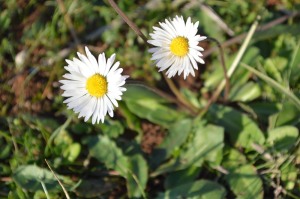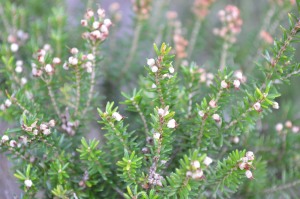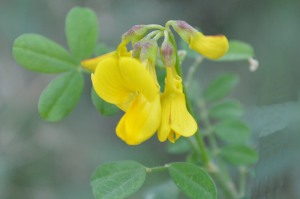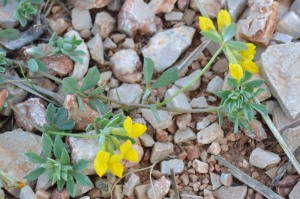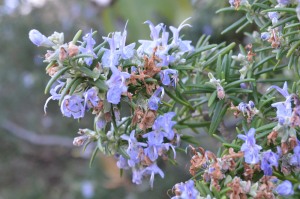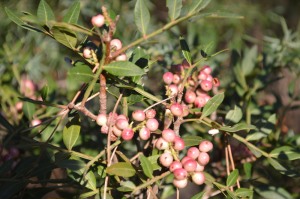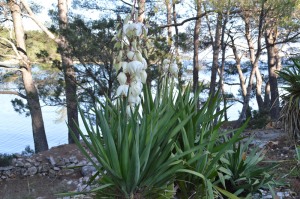-
International Energy Agency says 17m vehicles will be sold this year, up more than 20% compared with 2023
Electric and plug-in hybrid car sales will jump to a new global record in 2024 despite slowing growth in some markets, according to forecasts from the influential International Energy Agency (IEA).
The Paris-based forecaster said that 17m battery electric vehicles and plug-in hybrid electric vehicles will be sold in 2024, up more than 20% compared with 2023.
Continue reading...
-
Chris Stark says populist response and culture war around the term is inhibiting environmental progress
The concept of “net zero” has become a political slogan used to start a “dangerous” culture war over the climate, and may be better dropped, the outgoing head of the UK’s climate watchdog has warned.
Chris Stark, the chief executive of the Climate Change Committee (CCC), said sensible improvements to the economy and people’s liveswere being blocked by a populist response to the net zero label, and he would be “intensely relaxed” about losing the term.
Continue reading...
-
In the past 10 years the idea that trees communicate with and look after each other has gained widespread currency. But have these claims outstripped the evidence?
There are a lot of humans. Teeming is perhaps an unkind word, but when 8 billion people cram themselves on to a planet that, three centuries before, held less than a tenth of that number, it seems apt. Eight billion hot-breathed individuals, downloading apps and piling into buses and shoving their plasticky waste into bins – it is a stupefying and occasionally sickening thought.
And yet, humans are not Earth’s chief occupants. Trees are. There are three trillion of them, with a collective biomass thousands of times that of humanity. But although they are the preponderant beings on Earth – outnumbering us by nearly 400 to one – they’re easy to miss. Show someone a photograph of a forest with a doe peeking out from behind a maple and ask what they see. “A deer,” they’ll triumphantly exclaim, as if the green matter occupying most of the frame were mere scenery. “Plant blindness” is the name for this. It describes the many who can confidently distinguish hybrid dog breeds – chiweenies, cavapoos, pomskies – yet cannot identify an apple tree.
Continue reading...
-
Stories of dismay but also resilience as crisis in food production builds after 18 months of exceptionally wet weather
Farmers have been dealing with record-breaking rainfall over at least the past year, meaning food produced in Britain has fallen drastically.
Livestock and crops have been affected as fields have been submerged since last autumn on account of it being an exceptionally wet 18 months.
Continue reading...
-
Trudi Warner was accused of contempt for holding placard reminding jurors of right to acquit based on conscience
A high court judge has thrown out an attempt by the government’s most senior law officer to prosecute a woman for holding a placard on jury rights outside a climate trial.
Mr Justice Saini said there was no basis for a prosecution of Trudi Warner, 69, for criminal contempt for holding a placard outside the trial of climate activists that informed jurors of their right to acquit a defendant based on their conscience.
Continue reading...
-
Star Carr and Huttons Ambo, North Yorkshire: In this age of disconnection and faux dominion, we can find true meaning in historical places like these
Star Carr is an unprepossessing flatscape today, drained by a ruler-straight ditch that is no longer recognisable as a river. Eleven thousand years ago, it was a wetland of extraordinary productivity, teeming with fish and fowl, deer and aurochs, beavers and wildcats.
It was also a home to people, and the site place of their communion with nature. Last week I visited a new exhibition at the Yorkshire Museum displaying artefacts from the site – among the most extraordinary insights into Mesolithic life anywhere in the world. The Star Carr community had no metal, no livestock, no pottery, but seeing their digging sticks and bows, their harpoons and flint knives, their carpentry and decoration, they don’t seem distant at all. Most captivating of all are the antler headdresses, hinting at a spirituality inseparable from the wildlife with which they shared a home. Such belongingness feels revelatory in an age of disconnection and faux dominion.
Continue reading...
-
Though touted as a model of environmental preservation, the country has recently signalled a shift from phasing out fossil fuels to boosting the economy. Franz Tattenbach on the tension between green credentials and growth
“This country is what the world would like to be but is not,” says Franz Tattenbach, Costa Rica’s minister of environment and energy. The 69-year-old economist is keenly aware of his role as guardian of the country’s reputation for forward-looking biodiversity initiatives and forest restoration. Since the 1970s, successive governments have sought to do justice to its wildlife, enacting a widely praised conservation policy that has boosted the country’s image as a model of environmental preservation.
From his ninth-floor office window in San José, Tattenbach can see the mountains surrounding the Central Valley. Beyond them lie the jungles, the wild beaches and the areas where nearly 6% of the world’s biodiversity resides in just 51,100 sq km (19,700 sq miles) of land, and extensive marine protected area.
Continue reading...
-
Lebanon’s economy and electricity system are broken and much power is now generated locally, with devastating effects on air quality and health
Smog hangs over Beirut most days, a brownish cloud that darkens the city’s skyline of minarets and concrete towers. An estimated 8,000 diesel generators have been powering Lebanese cities since the nation’s economic collapse in 2019. The generators can be heard, smelled and seen on the streets, but their worst impact is on the air the city’s inhabitants are forced to breathe.
New research, to be published by scientists at American University of Beirut (AUB), has found that the Lebanese capital’s over-reliance on the diesel generators in the past five years has directly doubled the risk of developing cancer. Rates of positive diagnosis, oncologists say, are shooting up.
Continue reading...
-
Gathering antlers has been a favorite pastime in the state, but the high dollars they fetch is now putting animals’ lives at risk
On a spring day in April last year, wildlife law enforcement officers in Wyoming made an alarming discovery. While patrolling national forest land in the state’s north-west, they came across an overflowing stack of 40 antlers piled among the trees and concealed with branches.
The antlers, they realised, were part of an illegal poaching cache. Collecting antlers has long been a favorite pastime in Wyoming, where the state’s bull elk spend most of the summer growing massive antlers before shedding them the following spring. There are, however, strict limits on when people are allowed to gather these antlers – which typically fetch high dollars to be used as decorations, dog chews or craft products – from public lands.
Continue reading...
-
Restaurants are serving more unusual cuts of meat, with animal heads staring up at diners to teach them about their food
Offal has become a staple on restaurant menus across the UK, with cheaper cuts attracting chefs with sustainability goals and tight budgets, boosted by the influence of nose-to-tail pioneers such as Fergus Henderson at St John in London. Now many are going further, creating dishes with animal heads staring at diners from their plates.
At Fowl in central London, which describes itself as a “beak-to-feet chicken restaurant”, the Sunday roast comes complete with chicken claws. At Manteca in Shoreditch, east London, you might find half a pig’s head, clearly identifiable, on your table. Newly opened Camille in Borough Market, south London serves a chicken-neck sausage, including the bird’s head.
Continue reading...



